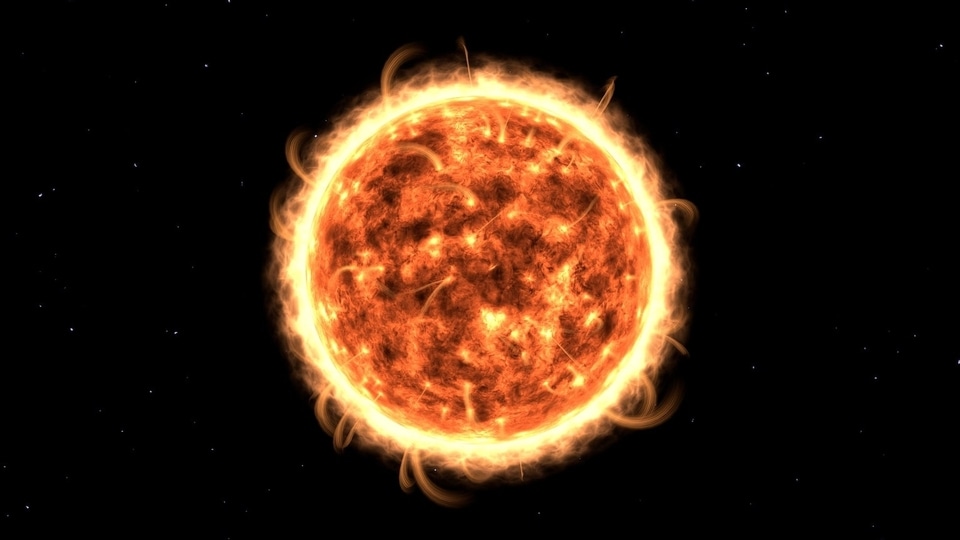Sun's magnetic poles to flip over! Spectacular auroras to solar storms, know what may happen
The Sun is gearing up to flip its magnetic poles, a natural event that occurs every 11 years, bringing both awe-inspiring auroras and potential disruptions via solar storms.
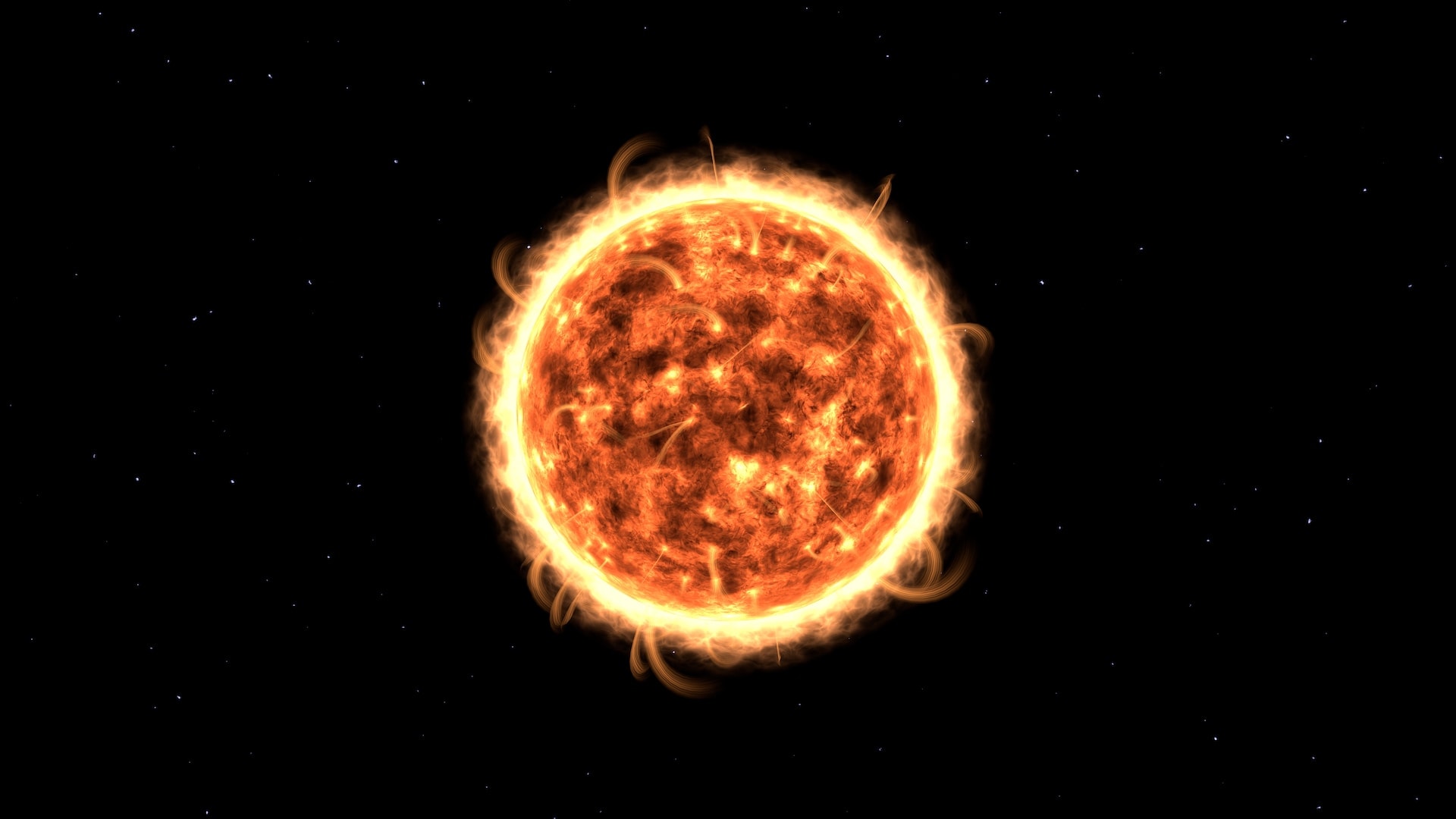
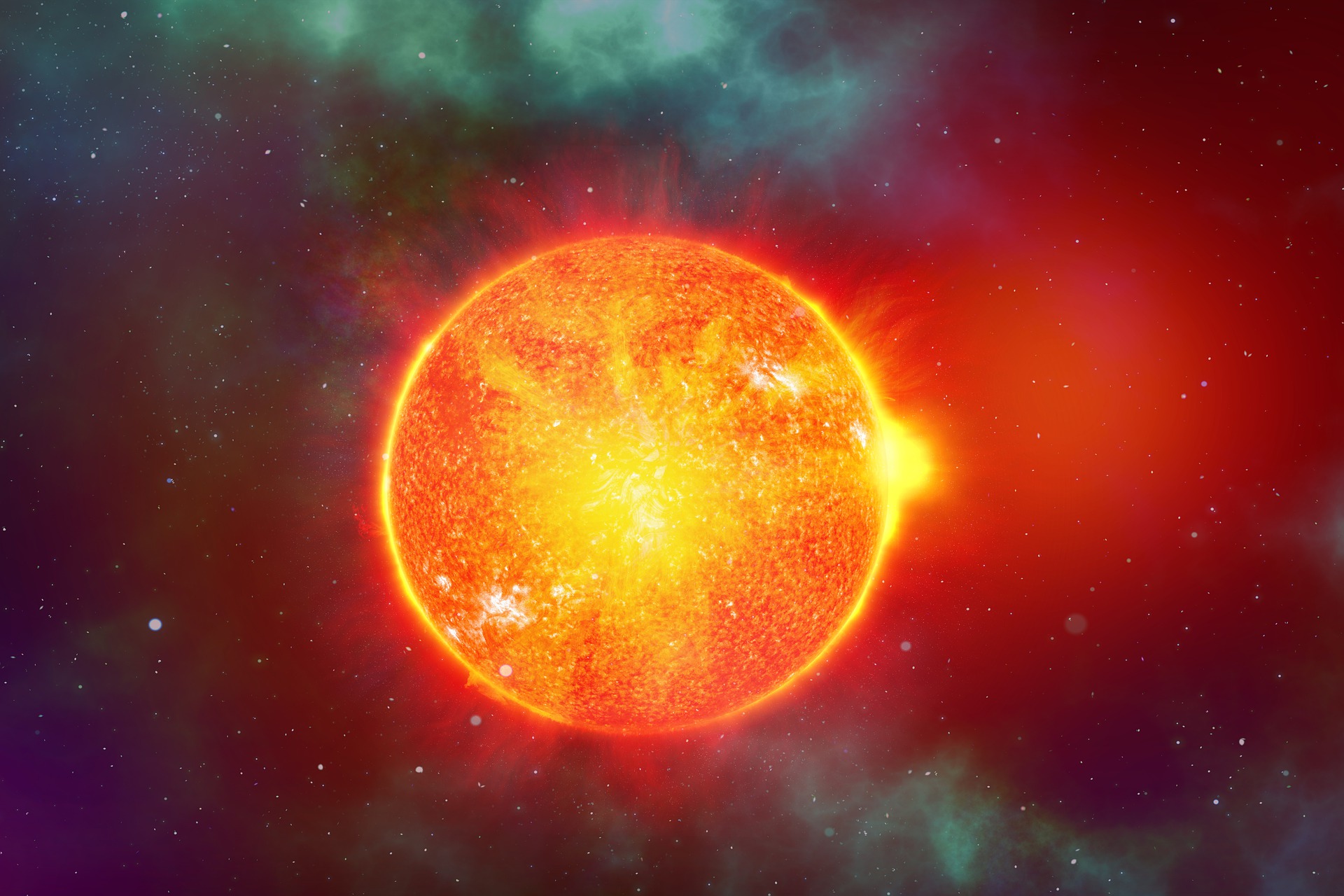
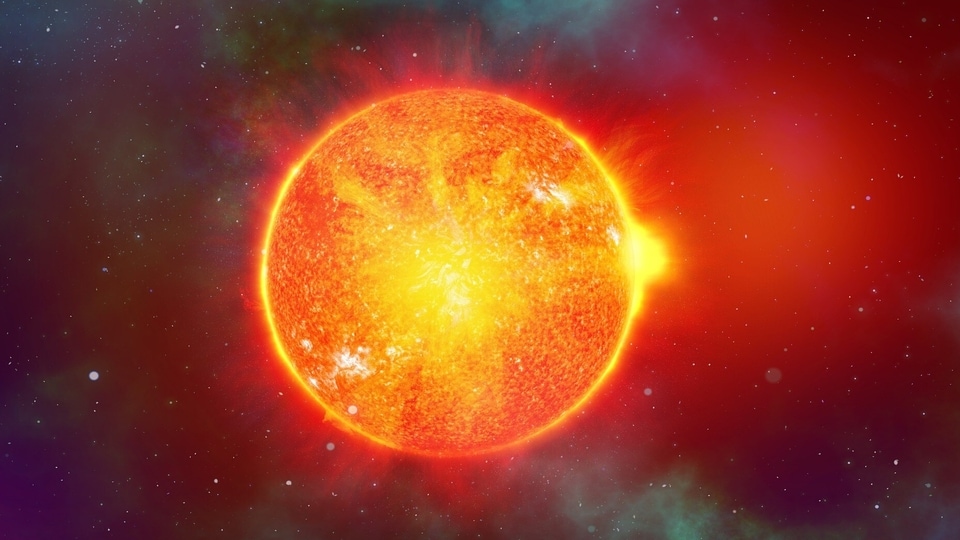
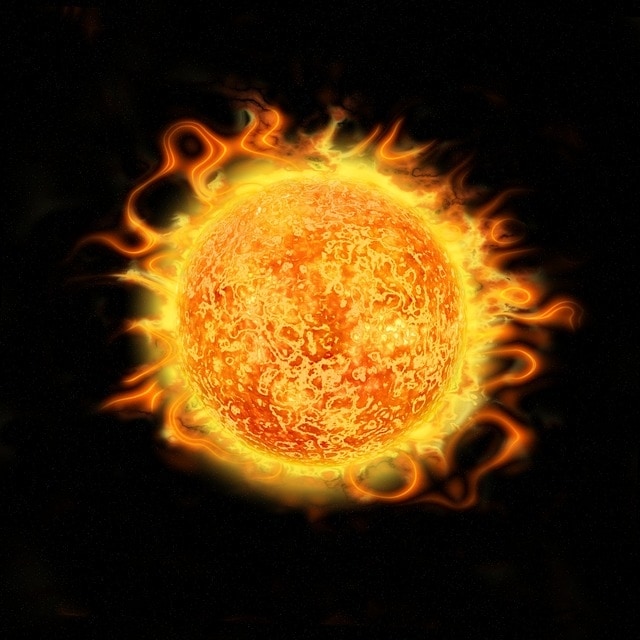







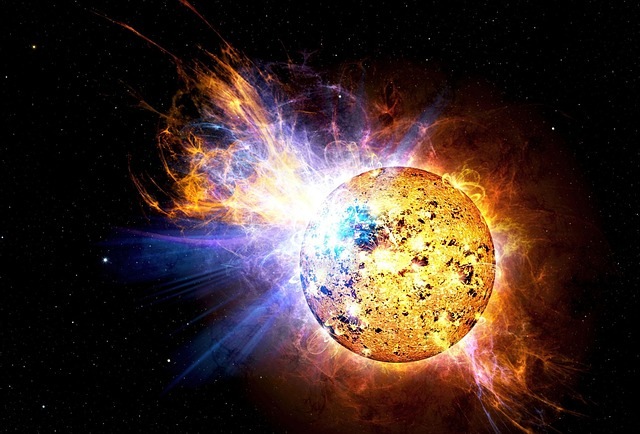
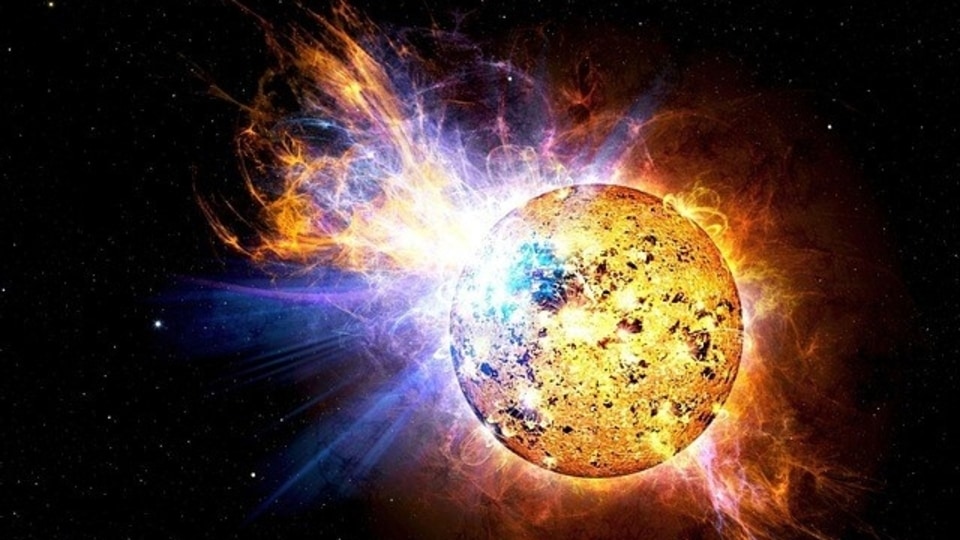
First Published Date: 10 Feb, 19:52 IST
Tags:
sun
NEXT ARTICLE BEGINS




